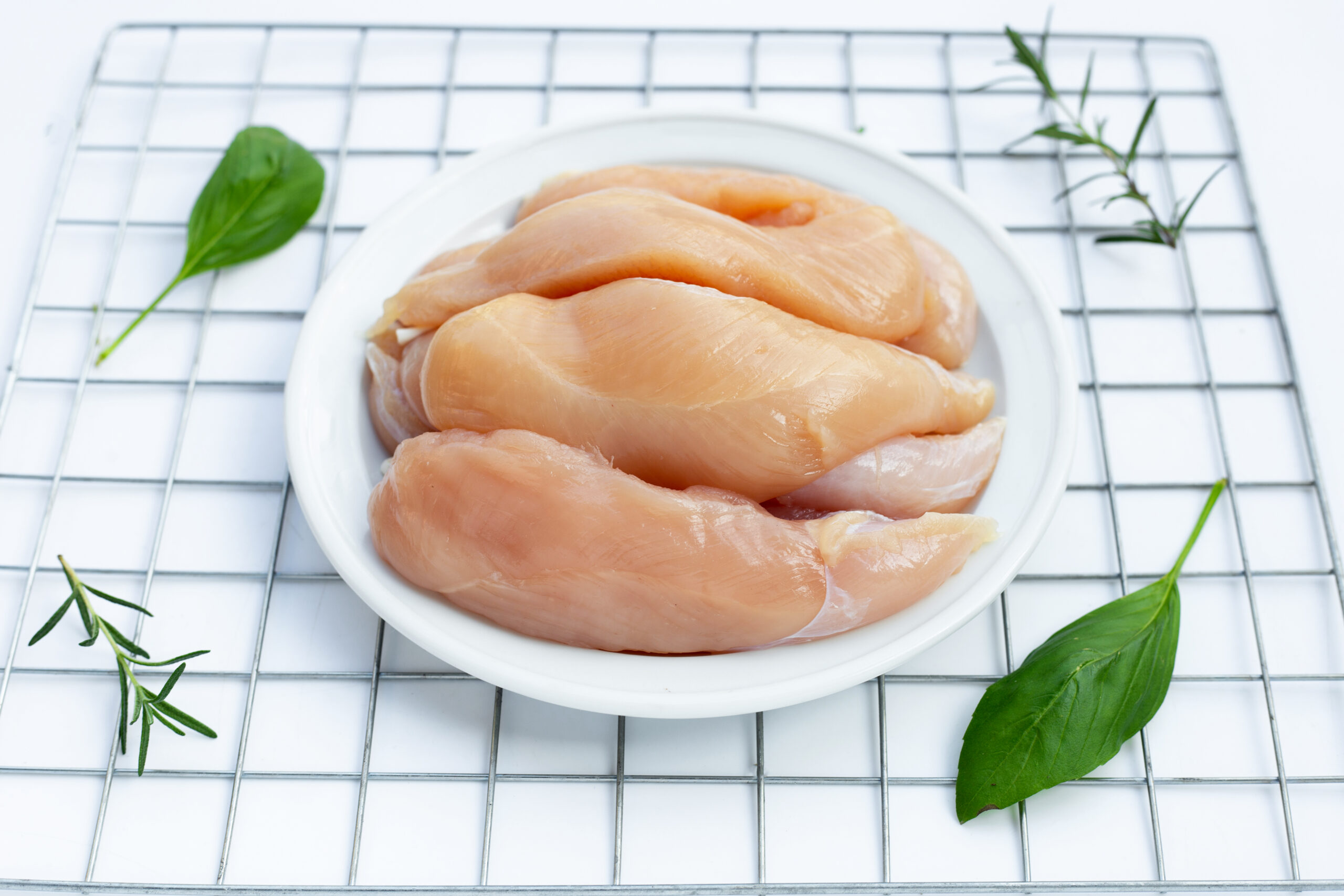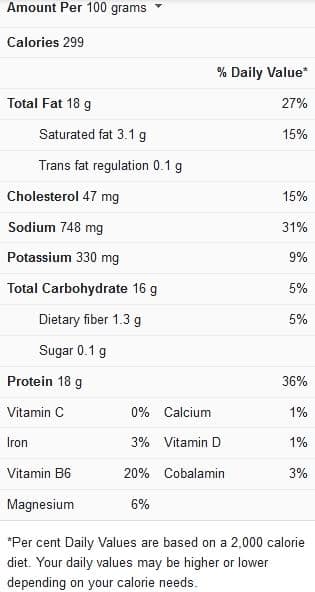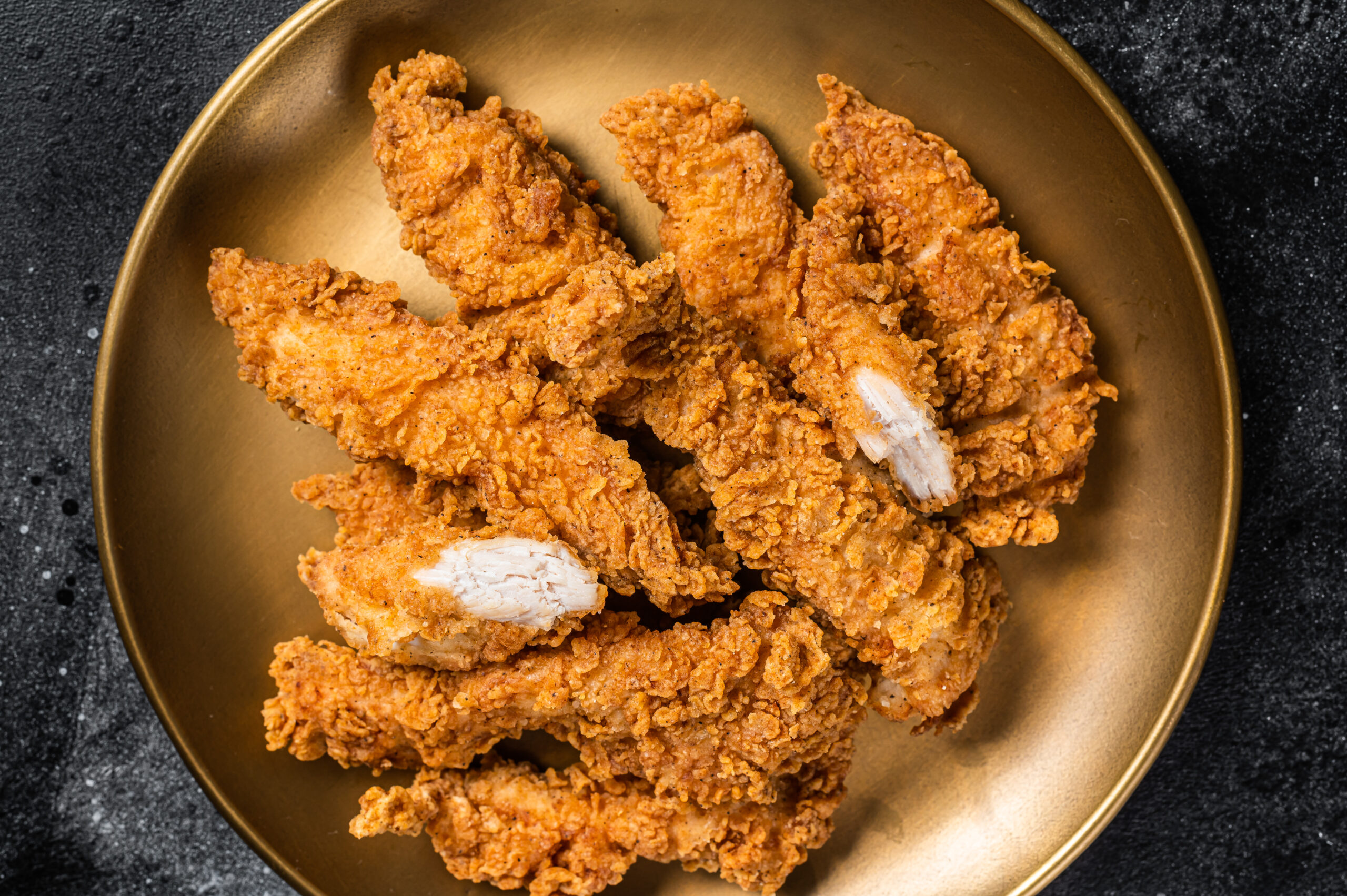One of the most widely consumed poultry meat throughout the world is chicken. In many regions, leaner cuts such as boneless chicken tenderloins are favored for the delicious results they produce.
As much as tenderloins have the potential for flavor and nutrition, they can turn out to be dry and tough if not cooked properly. To avoid this when cooking your tenderloins in a skillet, let us walk you through the right steps to ensure perfectly cooked chicken tenderloins every time.
Please pay attention to our helpful tips to ensure the best results with your tenderloin recipes.

Chicken Tenderloins Nutrition Facts

Tips for cooking chicken tenderloins in skillet
You’ll find the following cooking tips quite useful when cooking chicken tenderloins in a skillet, so pay attention:
Always use a marinade – One of the surest methods to produce tender chicken meat while infusing it with loads of flavor is using a great marinade. Chicken tenderloins are no exception; a marinade will preserve their tender, juicy, and flavorful quality, so invest in a good one.
With a marinade, you can choose from a variety of flavor combinations. On the one hand, very acidic cooking ingredients tend to harden up the meat rather than make it tender. Still, they can always be balanced with truly tenderizing substances such as milk, yogurt, or buttermilk. Moreover, as wines, fruits, and liquids caramelize during cooking, they can provide complex taste profiles to your results.
Brine is also a good idea – If you’ve ever enjoyed a crispy, fried chicken tenderloin recipe that had perfectly moist meat within, then it’s possible that the chicken was brined.
A brine is a concentrated solution of salt and water that can be quite simple or complicated, depending on your preference. Flavor enhancers such as peppercorns, sugar, herbs, and spices can be added to your brine, and pickle juice is even used in some cases.
Brining is perhaps more popular with huge birds, such as a Thanksgiving turkey, but the brining process also works for any lean piece of meat as a simple technique to keep it juicy. Any specific recipe should work, but the easiest is to brine the chicken tenderloins in a water, salt, and sugar bag.
Cook your chicken with some fat – You can keep a lot of the natural fat in the chicken by eating it with the bones and skin. Such fat can be turned into schmaltz, a cooking fat.
However, because the fat has been largely removed from boneless, skinless chicken, such as chicken tenderloin recipes, you’ll need to add some of it back in during cooking to introduce a rich flavor and texture. Avocado oil, butter, ghee, or olive oil are good examples of fats to cook chicken tenderloins. Basting your chicken tenderloins the way you would with a steak is also a great option; just make sure to drizzle melted fat over the pieces for maximum flavor repeatedly.
Keep an eye on the internal temperature – One of the major reasons for dry and flavorless results with chicken tenderloins is overcooking. At the risk of stating the obvious, it’s important to keep an eye on the internal temperature of your chicken as this will help you prevent overcooking it.
Try using a meat thermometer to check the internal temperature of the tenderloins. To keep the chicken moist and juicy, cook it to an ideal temperature of 165°F, not a degree higher.
A good remedy for overcooked chicken tenders is that there’s still hope if you’ve got dry, overdone chicken tenderloins on your hands. You can add extra moisture to dry chicken with a simple pan sauce.
If you’ve previously seared or cooked your tenderloins on the stovetop, a pan sauce is great. You may season the pan with your preferred aromatics and seasonings. Then, using white wine or broth to deglaze the pan, scrape off the delicious bits adhering to the pan’s bottom. To make a sauce, add more stock, cook until it thickens, then add a knob of butter. That’s the pan sauce you need for your tenderloins!
View this post on Instagram
Cooking Time for Chicken Tenderloins in Skillet
The following timing guidelines are necessary to achieve the best results with skillet-cooked tenderloin recipes:
Cooking procedure
Cooking time
Cooking chicken tenderloins in a skillet
3 minutes per side
Print
Garlic butter chicken tenders (3 servings)
Ingredients
- One tablespoon of olive oil
- Two tablespoons of butter, divided
- 1 pound of chicken tenderloins (chicken mini filets)
- Two teaspoons of paprika
- ½ teaspoon of salt
- ¼ teaspoon of ground black pepper
- Four cloves of garlic, minced or crushed
- One teaspoon of Italian seasoning
- One tablespoon of fresh parsley chopped – for garnish
Instructions
- In a pan or skillet over a medium heat level, pour olive oil and add one tablespoon of butter.
- Season the chicken tenderloins in the pan with paprika, salt, and pepper immediately after adding them to the heated oil and butter.
- Cook the tenderloins on each side for 3 minutes (ensure that you’re seasoning each side while cooking them).
- Make space for the garlic in the pan, heat the rest of the butter, and toss in the garlic. Cook the garlic for 30 seconds or until it becomes aromatic.
- Cook for another minute after adding the Italian spice.
- To deglaze the pan, add two tablespoons of water and scrape any particles clinging to the bottom of the pan (this is where you’ll find all of the excellent chicken flavors).
- If preferred, serve your cooked tenderloins warm, garnished with fresh chopped parsley or basil leaves.
This recipe for chicken tenderloins cooked in a skillet is delicious and easy to make, and provided you follow the right instructions; you can always be guaranteed desirable results. If you’d like to see more recipe ideas for chicken tenderloins in a skillet, we suggest checking out this video recipe.
Notes
- Make sure the garlic does not get overcooked. Garlic tends to cook quite rapidly (approximately 30 to 60 seconds in total), and the taste of burnt garlic is unpleasant, so it’s a good idea to keep an eye on the garlic while it’s cooking.
- Don’t allow the chicken tenderloins to get overcooked; these also cook rapidly and can become rubbery, gritty, and tough if overcooked. When the interior temperature reaches 165°F (74°C), the tenderloins are done cooking.
- To prepare a tasty sauce, ensure to use a splash of water to deglaze your pan or skillet; this is where all the taste is concentrated.
